Tintagel's new bridge: Dramatic, contentious and finally open to visitors
The new bridge has opened at Tintagel Castle in Cornwall, one of the most dramatic spots in Britain, and a place whose history is deeply entwined with tales of Arthurian legend. Carla Passino reports.
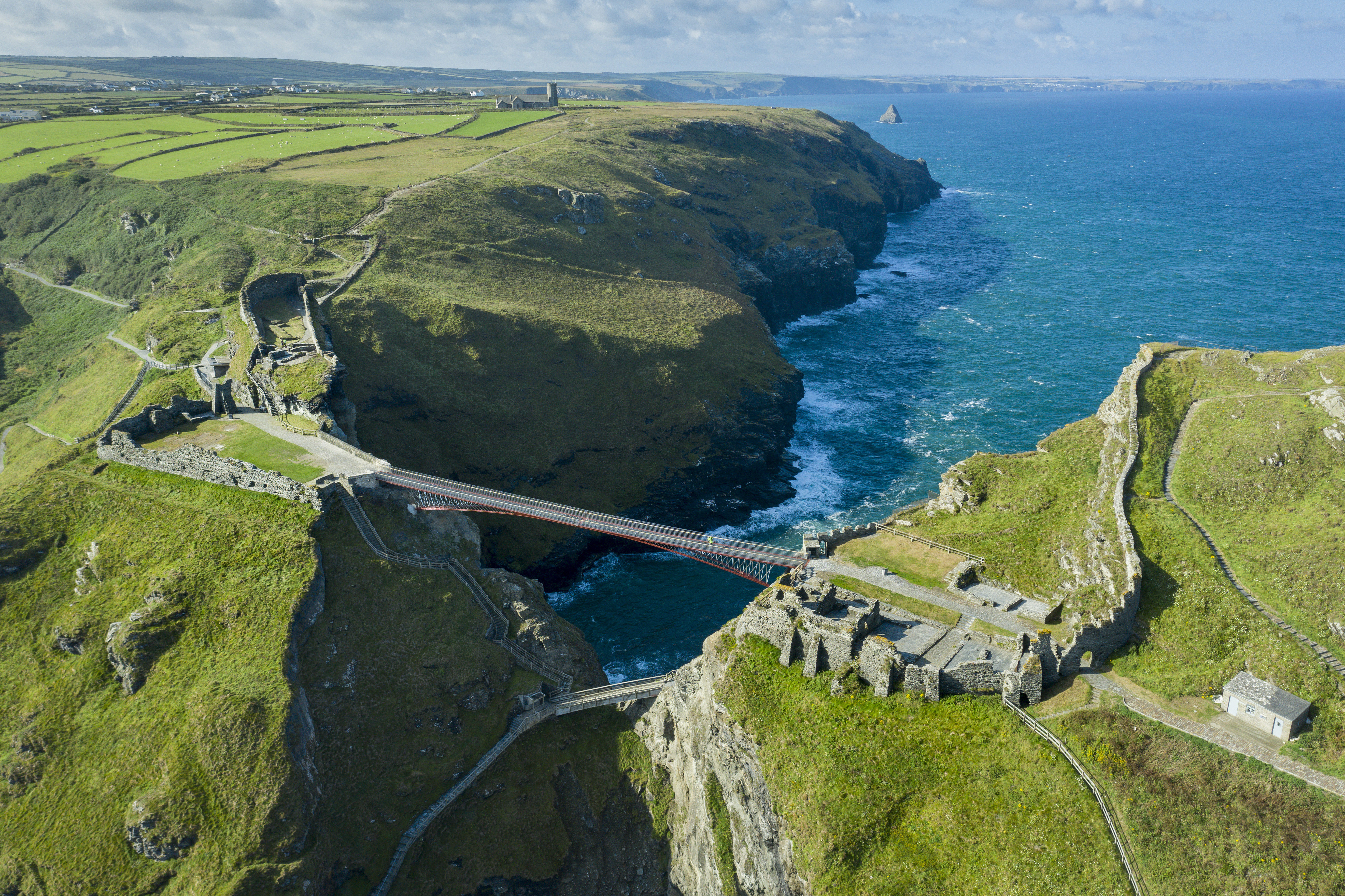

The contentious bridge across Tintagel’s atmospheric ruins is set to open this weekend. A marvel of contemporary engineering, the slender, 68-metre structure, which is made of Cornish slate tiles slotted into stainless steel cradles, recreates the tongue of land that once linked the 13th-century gatehouse on the mainland with the island where the castle sits.
Split into two separate cantilevers, the design (by Ney & Partners Civil Engineers and William Matthews Associates) features a small gap that could be interpreted, in English Heritage’s words, as the ‘the transition from the mainland to the island, from present to past, from history to legend’ — but is in fact dictated by practical considerations (to prevent excessive forces meeting in the middle of the structure).
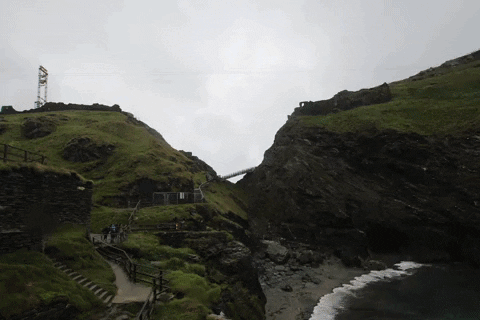
The installation, on Tintagel’s steep, craggy cliffs, was a feat of ambitious construction to rival the bridge itself, requiring a special cable crane, of a type previously used in the Swiss Alps, which was built specifically for the task.
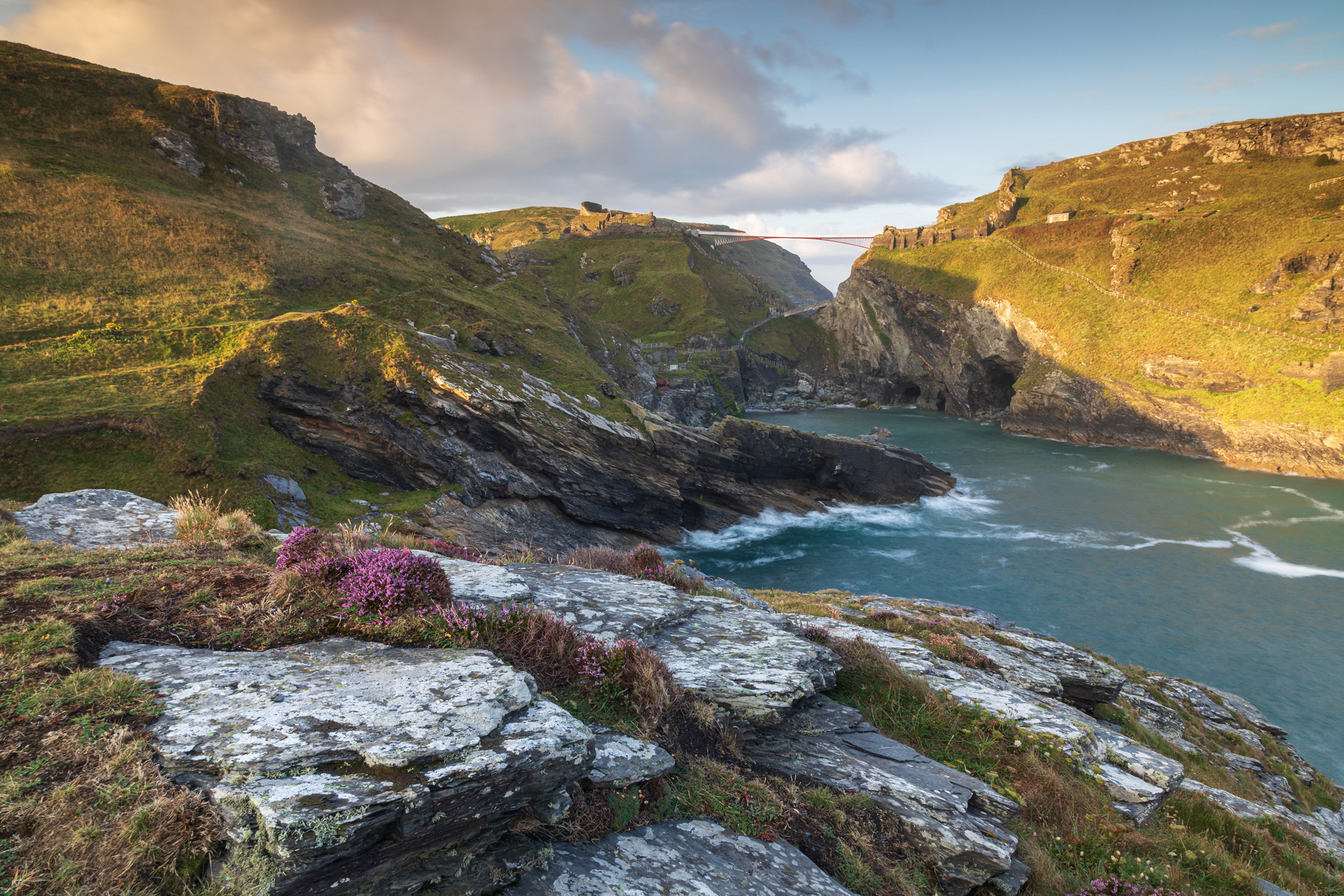
This combination of dramatic design, daring technology and symbolic value created huge interest in the new crossing well before its first steel section was put in place. More than 1,000 members of the public have made some financial contribution to support the project, with art-supporting philanthropists Julia and Hans Rausing giving £2.5 million through their Trust — the largest single private donation ever received by English Heritage.
Hailed by English Heritage as ‘a spectacular new addition to the site’, the bridge will also make visitors life much easier — previously, they had to climb 148 killer steps to reach the ruins. ‘Tintagel Castle has been made whole again,’ said the charity’s chief executive, Kate Mavor. ‘Once more, people will cross from one side of the castle to the other and their footsteps will echo those from hundreds of years ago.’
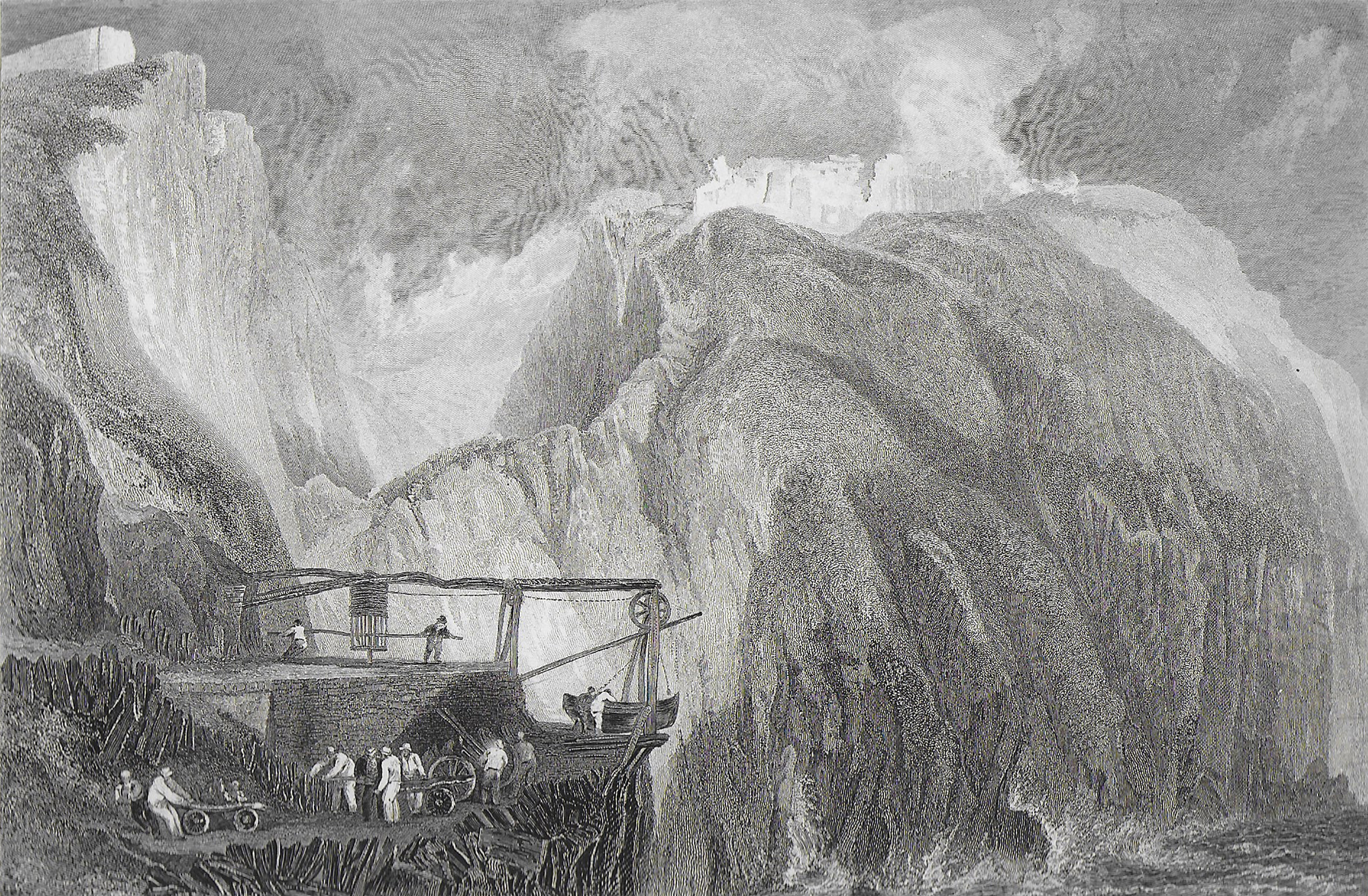
However, the new structure has hardly found universal welcome, with detractors lamenting that it takes away from the ruggedness of the site, that its main colour — red — clashes with the landscape and that, together with the carving of Merlin's face in the rocks below the castle and the eerie bronze of a figure plunging a sword at the top of the cliffs, it contributes to the 'Disneyfication of Cornwall'.
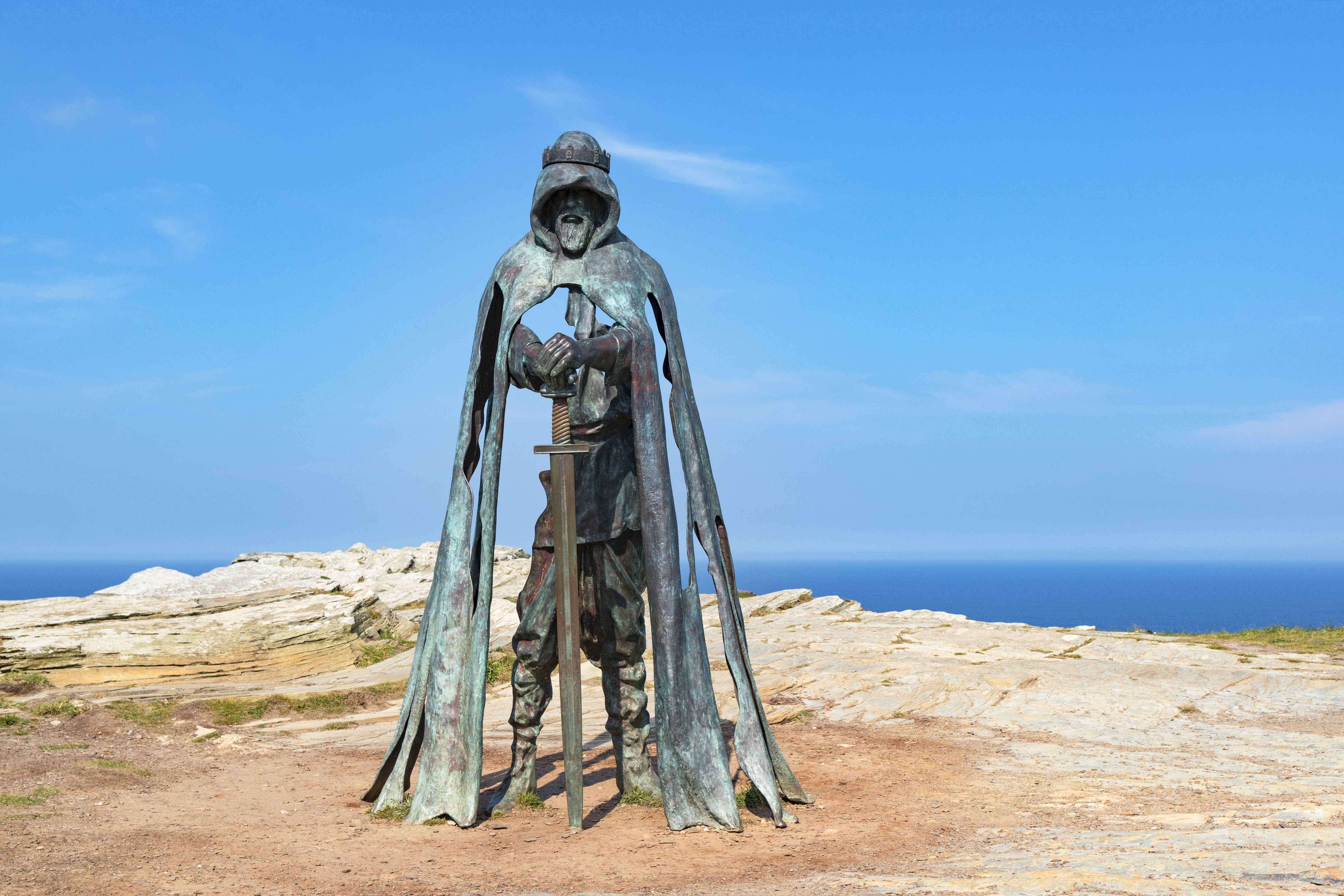
Some even argued that the land crossing that the bridge is meant to replicate never really existed, although this has been vigorously disputed by English Heritage, with Head Properties Curator Dr Jeremy Ashbee stating, in a letter to the Telegraph, that ‘the assertion that the present chasm at Tintagel has existed since prehistory… is impossible’. Indeed, medieval cleric Geoffrey of Monmouth mentioned the land crossing at Tintagel in his writing, describing it as so narrow that ‘three armed men would be able to defend [it], even if you had the whole kingdom of Britain at your side’.
Sign up for the Country Life Newsletter
Exquisite houses, the beauty of Nature, and how to get the most from your life, straight to your inbox.
Discontent has also been fuelled by the fact that the bridge's construction process was bogged down by delays, forcing English Heritage to close the ruins for about three months longer than they originally intended, with an inevitable impact on local businesses. Even the official opening has had to be postponed for two days, from Friday 9 to Sunday 11 August, following a storm forecast for the earlier date.
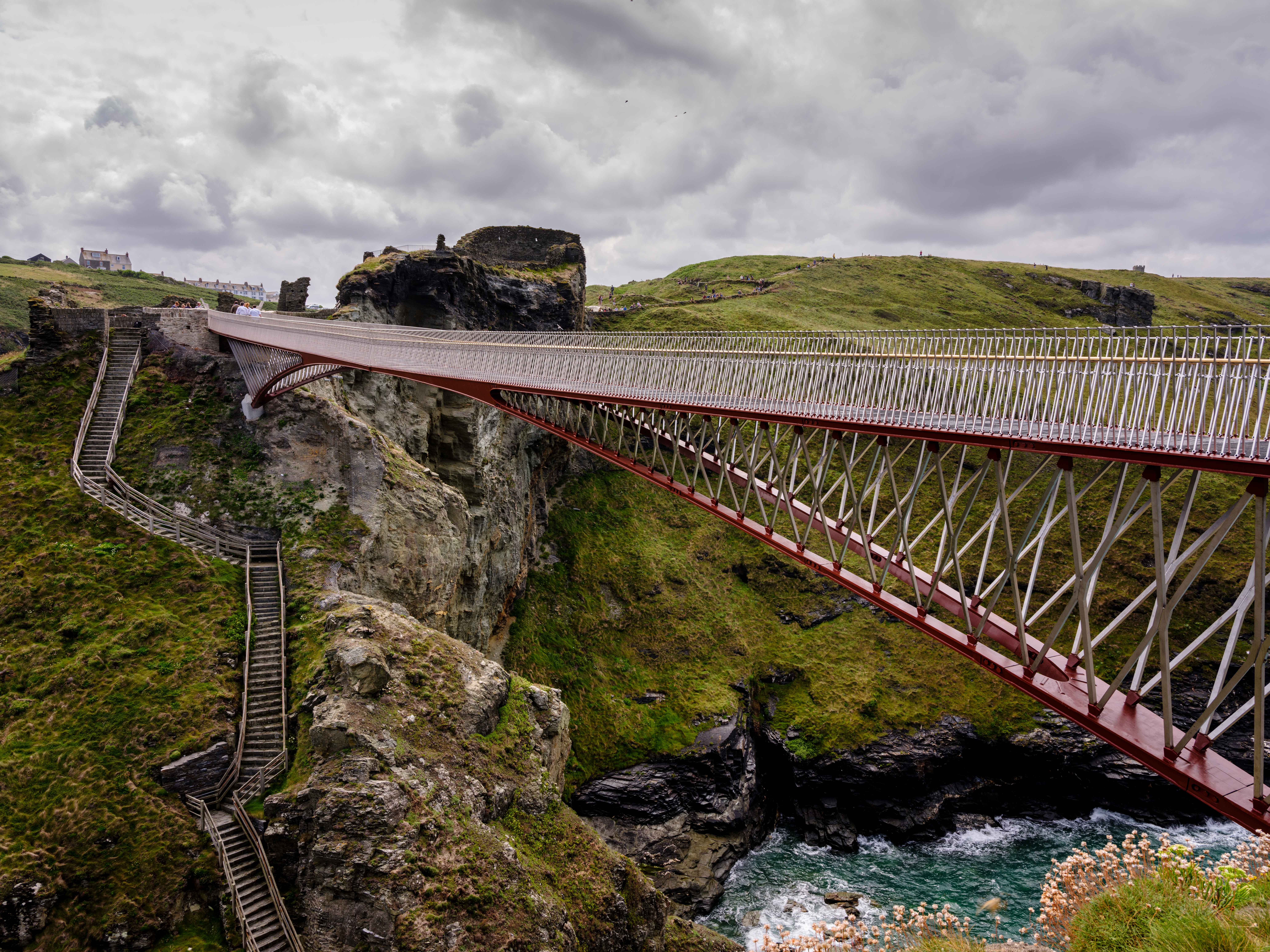
However, now that the bridge is in place and has been showcased by drone footage, feedback has been generally positive, both in the media and from the public — social media comments in particular, variously referred to it as ‘breathtaking’, ‘stunning’ and ‘a Stirling Prize contender’.
And as someone who nearly died walking up Tintagel, I say: bring it on!
Alongside the new bridge, English Heritage has introduced timed tickets for Tintagel, to help protect both the castle and the environment. Advance bookings can be made on the English Heritage website: www.english-heritage.org.uk.
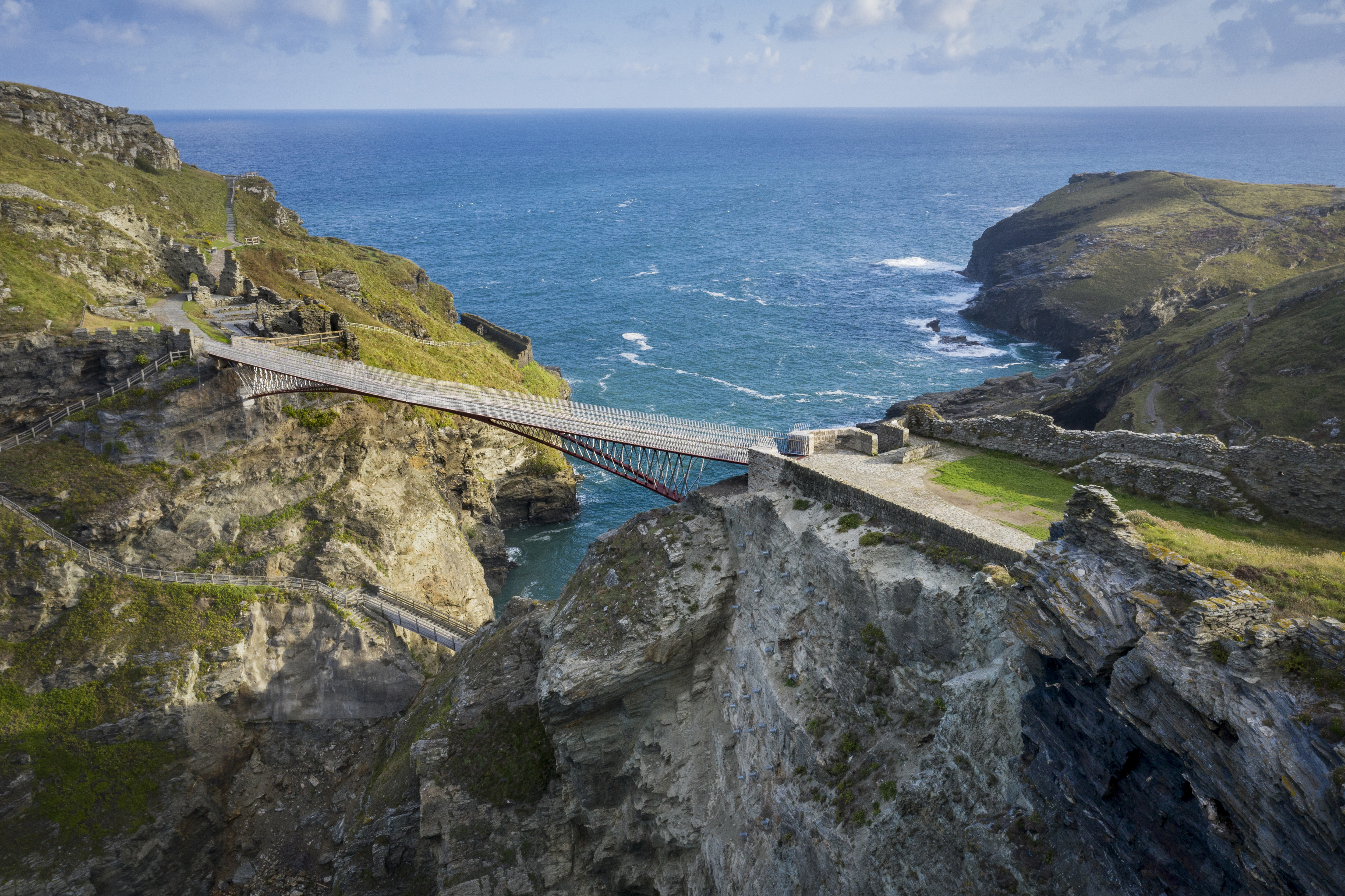
England’s best view? Tintagel, Cornwall, where seas of turquoise crash on slate tinged with copper
Simon Jenkins chooses Tintagel, Cornwall as one of England’s best views.
Carla must be the only Italian that finds the English weather more congenial than her native country’s sunshine. An antique herself, she became Country Life’s Arts & Antiques editor in 2023 having previously covered, as a freelance journalist, heritage, conservation, history and property stories, for which she won a couple of awards. Her musical taste has never evolved past Puccini and she spends most of her time immersed in any century before the 20th.
-
 Two quick and easy seasonal asparagus recipes to try this Easter Weekend
Two quick and easy seasonal asparagus recipes to try this Easter WeekendAsparagus has royal roots — it was once a favourite of Madame de Pompadour.
By Melanie Johnson
-
 Sip tea and laugh at your neighbours in this seaside Norfolk home with a watchtower
Sip tea and laugh at your neighbours in this seaside Norfolk home with a watchtowerOn Cliff Hill in Gorleston, one home is taller than all the others. It could be yours.
By James Fisher
-
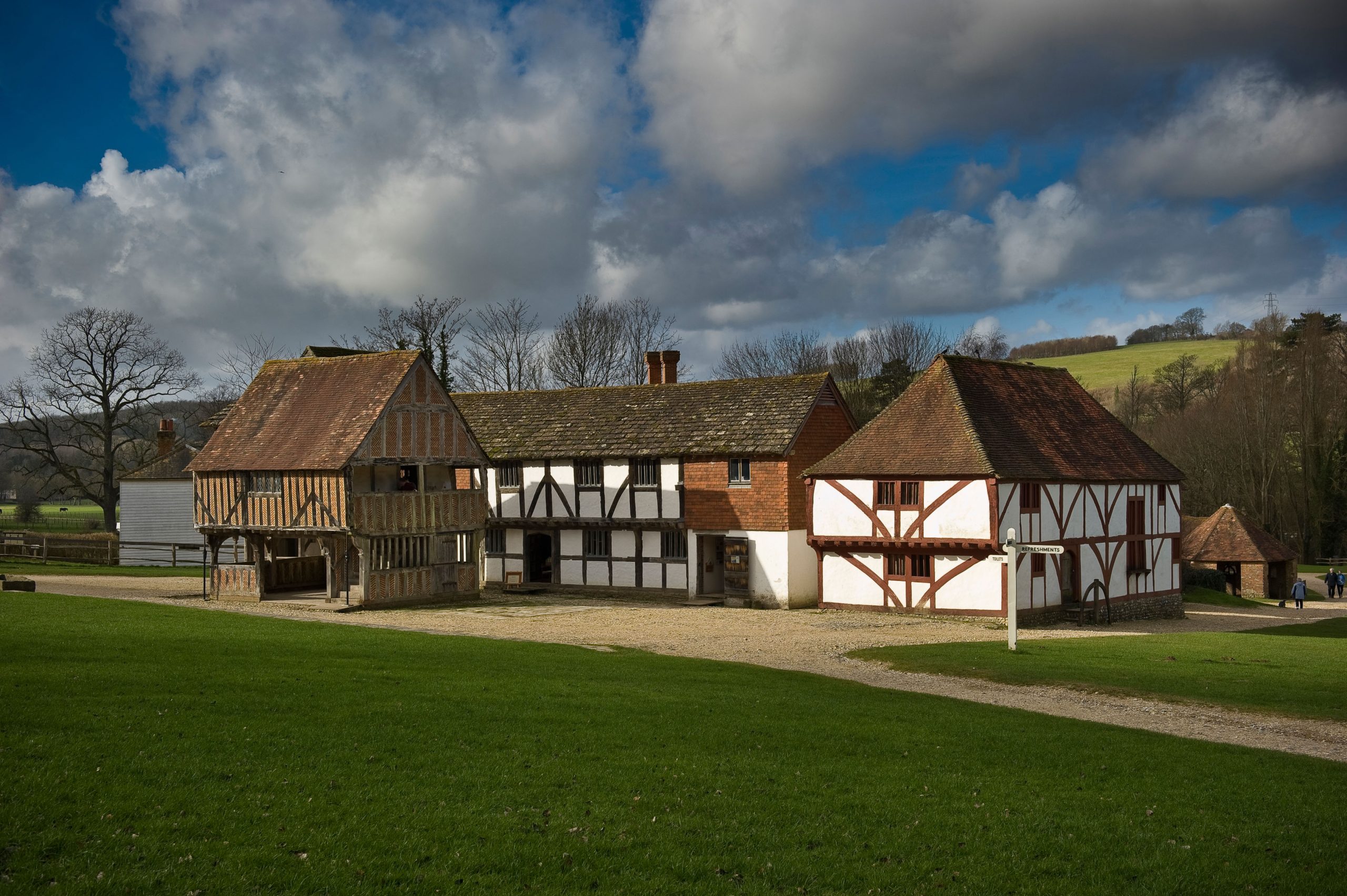 Things to do: Music in the gardens, the buildings of the Weald & Downland and a circus at the cathedral
Things to do: Music in the gardens, the buildings of the Weald & Downland and a circus at the cathedralKeep your diary up-to-date with our selection of unmissable events and things to do in the next few weeks.
By Country Life
-
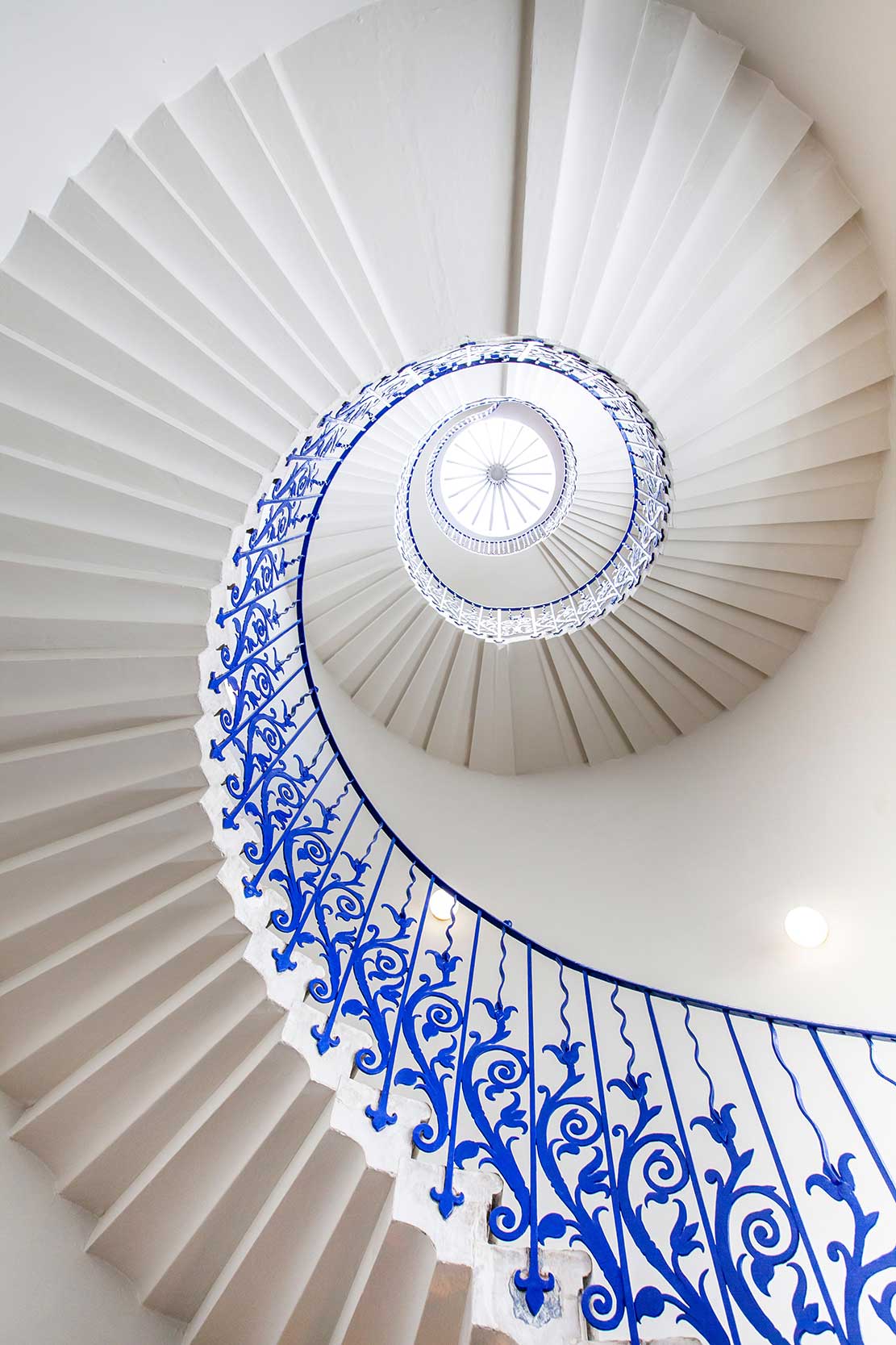 Why Britain's finest attractions need visitors like never before — and those who go will be rewarded: 'You are likely to never see them so quiet again'
Why Britain's finest attractions need visitors like never before — and those who go will be rewarded: 'You are likely to never see them so quiet again'A huge drop in visits to the best museums, zoos and houses in Britain has prompted calls for an extra day's holiday at the end of summer to help us all enjoy them.
By Annunciata Elwes
-
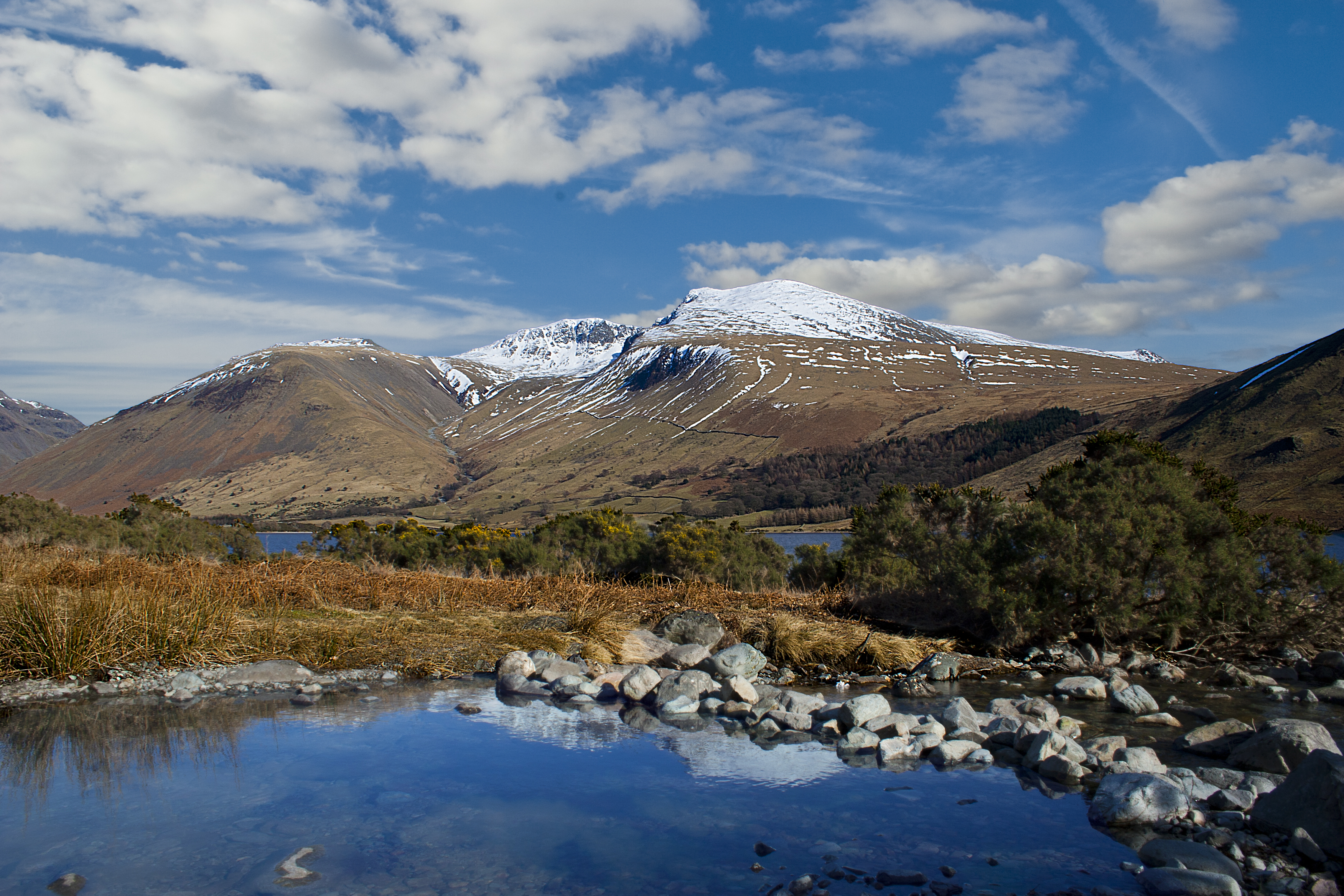 National Trust considers partial car ban in the Lake District
National Trust considers partial car ban in the Lake DistrictThe National Trust is looking at banning car use in some parts of the Lake District, particularly around Scafell Pike.
By Carla Passino
-
 A spooky museum exhibition in Bristol full of exhibits to send a shiver down your spine
A spooky museum exhibition in Bristol full of exhibits to send a shiver down your spineA museum in Bristol is putting on a show called 'Do you believe in magic?' which, should you answer in the negative, will do its very best to change your mind...
By Annunciata Elwes
-
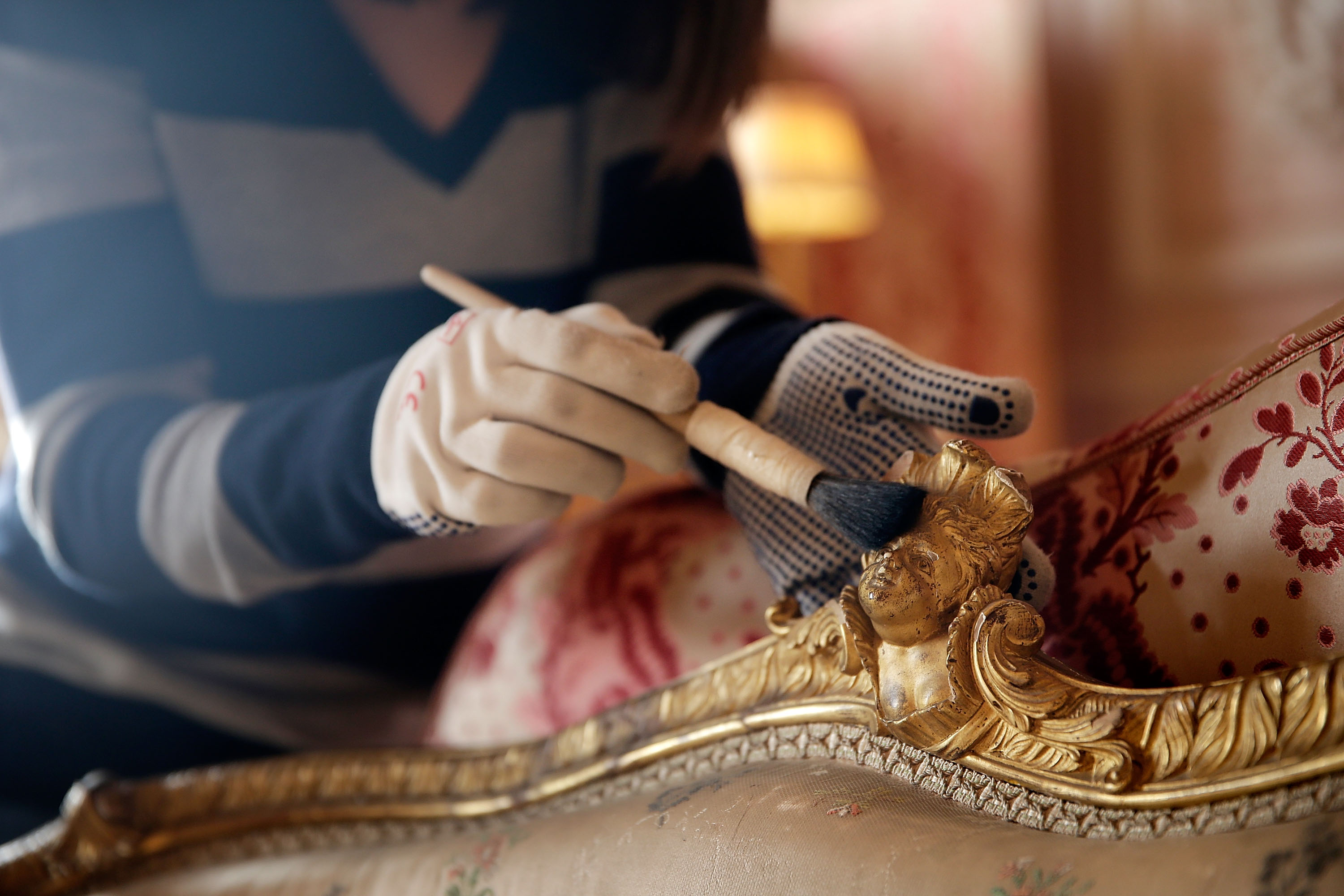 How Waddesdon Manor gets transformed into a Christmassy wonderland
How Waddesdon Manor gets transformed into a Christmassy wonderlandWaddesdon Manor is gearing up for Christmas, with 3,000 baubles, 30,000 lights and more than a dozen Christmas trees to decorate the home over the festive period.
By Annunciata Elwes
-
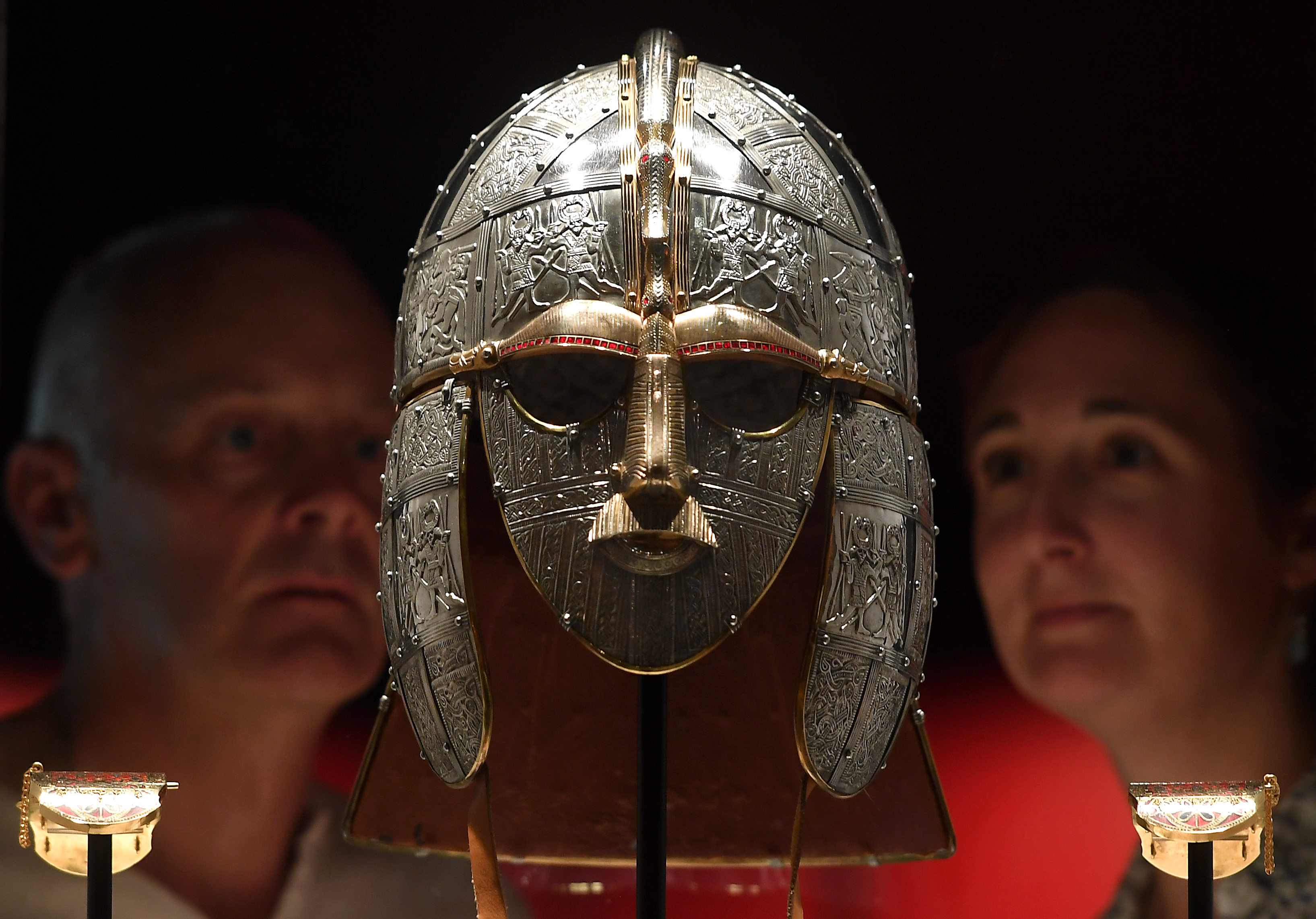 Sutton Hoo's £4m transformation from 'boring heaps of earth' to a place that gives a 'tingle in the hairs on the back of your neck'
Sutton Hoo's £4m transformation from 'boring heaps of earth' to a place that gives a 'tingle in the hairs on the back of your neck'Sutton Hoo is famous as one of the greatest archaeological finds in history — but has become infamous for its dullness as a visitor experience. The National Trust has now put that right.
By Toby Keel
-
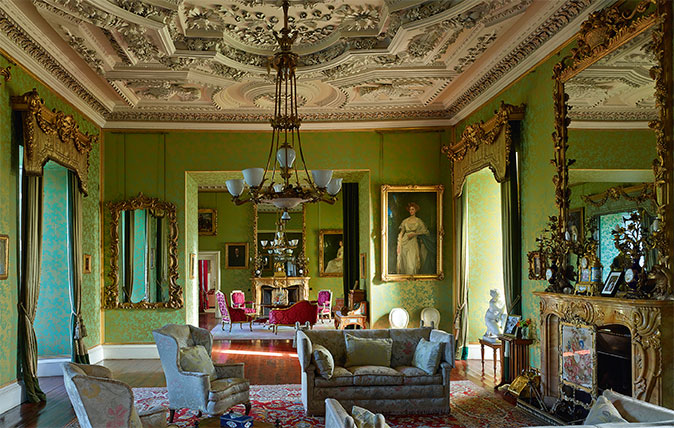 Thirlestane: A majestic 16th century castle being saved by heroic by 21st century efforts
Thirlestane: A majestic 16th century castle being saved by heroic by 21st century effortsJohn Goodall looks at the ongoing saga of sustaining Thirlestane Castle in Berwickshire through the centuries.
By John Goodall
-
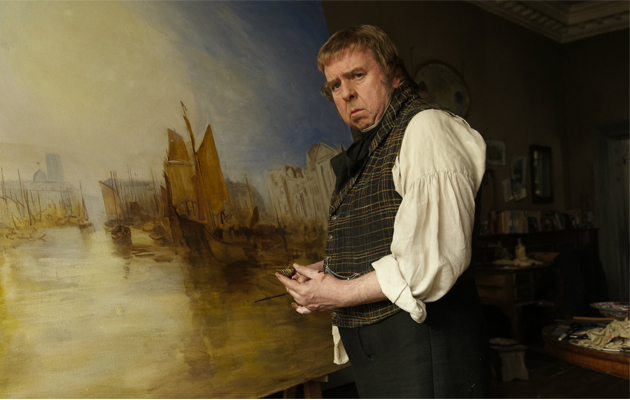 Famous film locations to visit
Famous film locations to visitCelebrate the best of the silver screen with these film-inspired days out for the family.
By Agnes Stamp